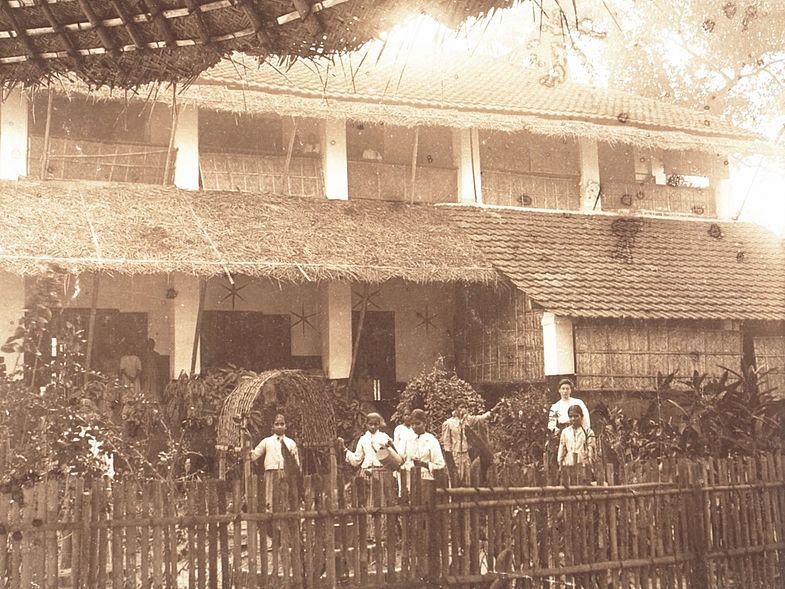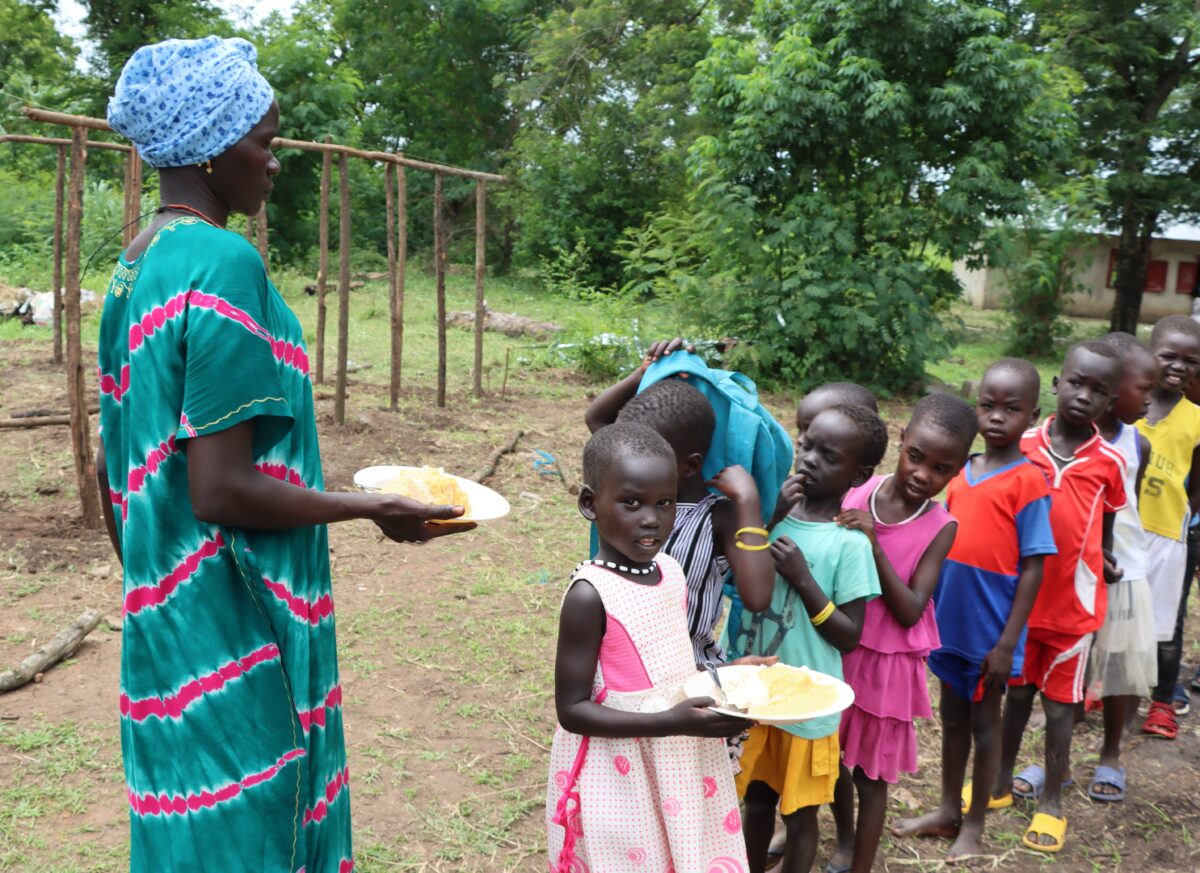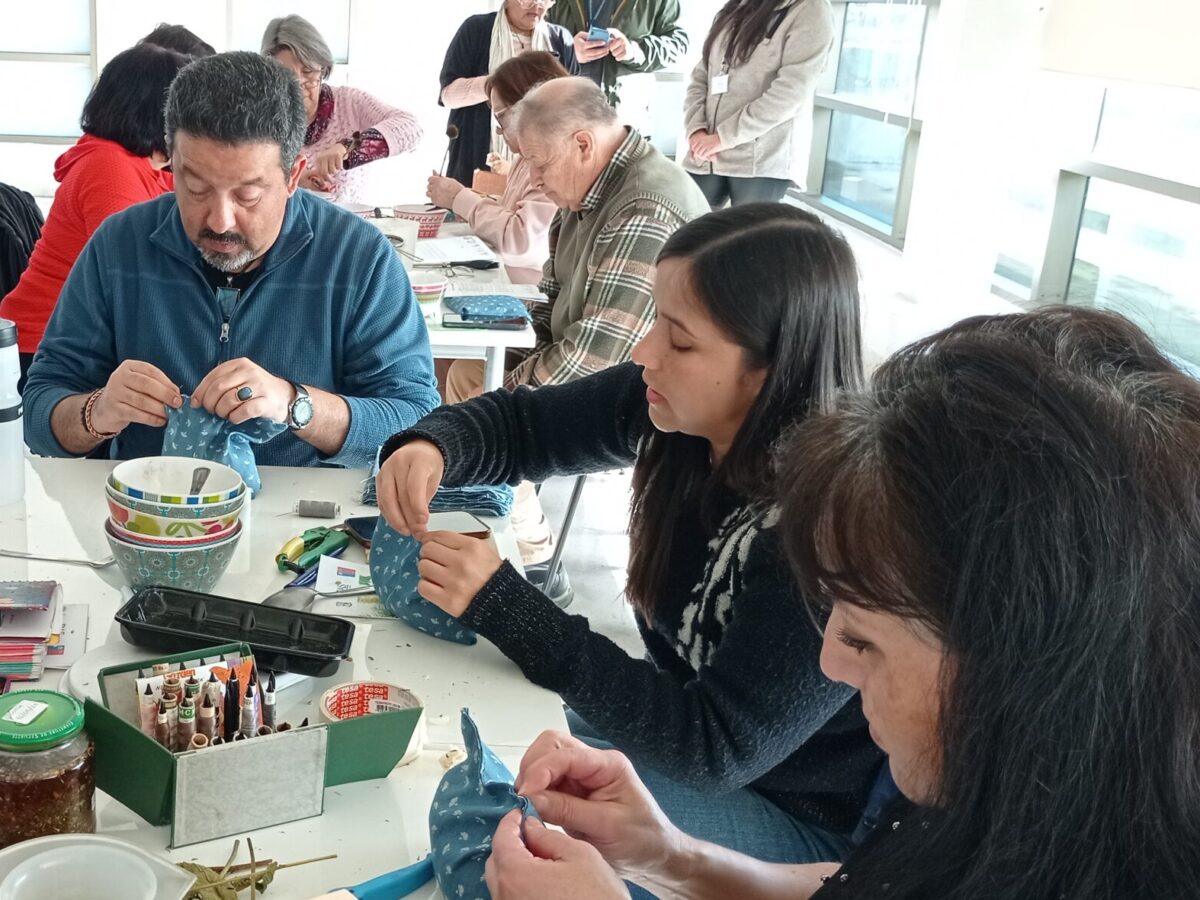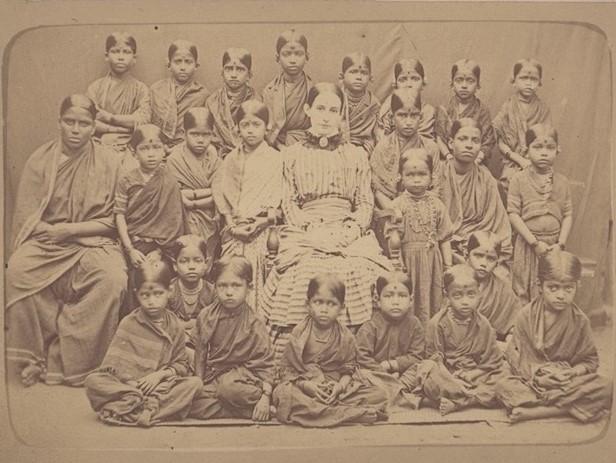In October 1902, a dead rat was discovered in the girls' home in Mangalore. For the headmistress of the home, Helene Krauss, not entirely unforeseeable: "For weeks the danger of plague had threatened my girls' home more than ever. The children had to pack up the most necessary things & leave the house immediately for 10 days." ... "The incident had to be reported immediately, the following day the plague inspector appeared with about 12 coolies to carry out the disinfection of the house."
Because of carrion flies on the ceiling, it is pulled down and another dead rat is revealed. The ceiling made of palm leaves is burned, the house is disinfected again. There is another dead rat in the roof of the barn - it is burned, the barn is disinfected. For safety, the tiled roof of the dwelling house is also covered "so that the sun could burn into it, whose light & heat are able to destroy the plague germs."
In her report to Basel, Helene Krauss writes that houses were marked with "Pestratten" or a plague case on the outside, also with the date of disinfection. According to this, entering was no longer allowed for a certain time.
Quarantine then and now
At the end of the 19th century, the third and last wave of the plague rolled across the globe with around 15 million deaths, Asia was particularly affected. The plague pathogen was discovered in 1898. Research into the modes of transmission led to new ways of combating the disease. It may be bold to compare the plague and Covid-19. But both are pandemics and there are astonishing parallels in the way the pathogens are dealt with: Then as now, there were guidelines from the authorities and a separate department for pandemic control. Even then, there were closures of schools and businesses because of possible sources of infection, along with quarantines and strict measures in the area of disinfection. Doesn't that sound familiar somehow?
A breath of disinfection also blows through the archives of Basel Mission and Mission 21. Even after Lockdown No. 2, we follow strict protective measures. After the first lockdown, it was even the case for a while that used books and archive materials had to be quarantined for five days before they could be touched again! The girls' home in Mangalore was rebuilt after the pandemic, and life was restored.
again in motion. A perspective also for today.
Text: Andrea Rhyn






